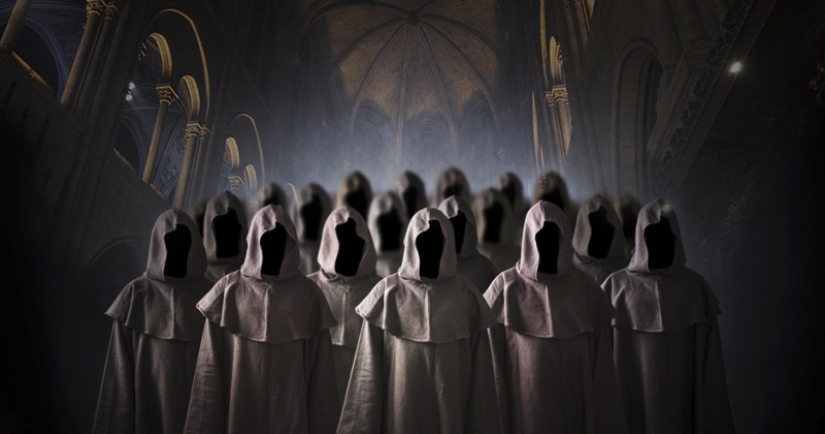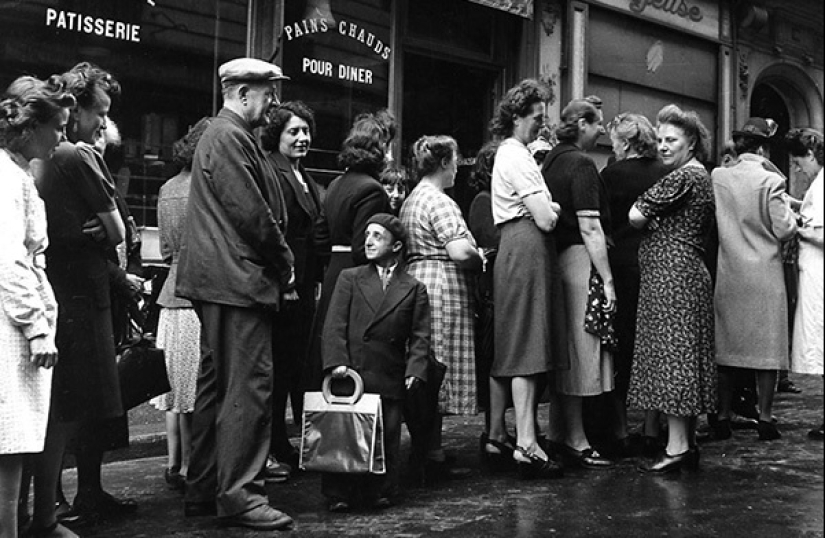A secret society has been found in Paris, living as a closed family for more than three centuries
Science knows a lot of closed communities that live in isolation and do not allow outsiders into their circle. Usually these are tribes living in the Amazon jungle, Australian deserts or on the harsh northern islands. But as it turned out, remoteness from civilization is not at all a prerequisite for closeness. Recently, a secret community was discovered in Paris, living as one family for three centuries and not letting outsiders into its circle.

The unusual community was told by the French TV channel BFM, which presented a three-part documentary investigation. These people simply call themselves "Family" (La Famille). A secret community appeared in the 17th century as a religious sect of the Jansenists. This trend within the Catholic Church was officially recognized for a long time, but then it was declared heresy.

Despite the fact that the best days of the holy Inquisition had already passed, the Jansenists were persecuted for their beliefs. Therefore, the sectarians had to stick together and hide their faith. It was possible to preserve the mystery and purity of religion by avoiding outsiders in their environment. All marriages, with rare exceptions, took place within the "Family", which gradually grew and strengthened.
By the end of the 19th century, the community had lost its religious basis, but this did not destroy its isolation and cohesion. Nowadays, the "Family" consists of about 3,000 members living in one area in the east of Paris. Most of these people occupy apartments in several adjacent blocks. But there are also entire apartment buildings inhabited by members of a secret society.
It is established that the "Family" is a conglomerate of related families. They bear the surnames Sandoz, Fer, Pulen, Sanglier, Ave, Maitre, Dashlett and Tibu. Outwardly, the members of the secret community are ordinary Parisians. Their children go to regular kindergartens and schools, however, they avoid sports and entertainment events.

All parties and competitions are held only within the community. The organization has its own entertainment complexes, where its members do not intersect with other people. Families are created only within the community, between the most distant relatives. Due to the centuries-old incest, the search for the other half for these people is becoming more difficult with each generation.
Education in conglomerate families remains religious. Extramarital affairs are prohibited, and marriage is possible only with the approval of parents. Divorces, abortions and contraceptives, as well as non-traditional sexual orientation are categorically not recognized. There are a lot of children in families, usually 8-10, so the "Family" is actively growing.
The members of the "Family" are not limited in choosing a profession. But at the same time, men and women of the community most often become builders, architects and cabinetmakers. Many of these people achieve significant heights in work or business, but do not leave their community.
Interestingly, although the secret community is well known to the official authorities, ordinary Parisians do not even guess who their neighbors are. The "family" lives a measured, pious life, but at the same time it was included in the register of the special interdepartmental commission for combating sectarian abuses. It must be said that over the years of observation, sectarians have never given a reason to suspect themselves of abuse or oppression.
